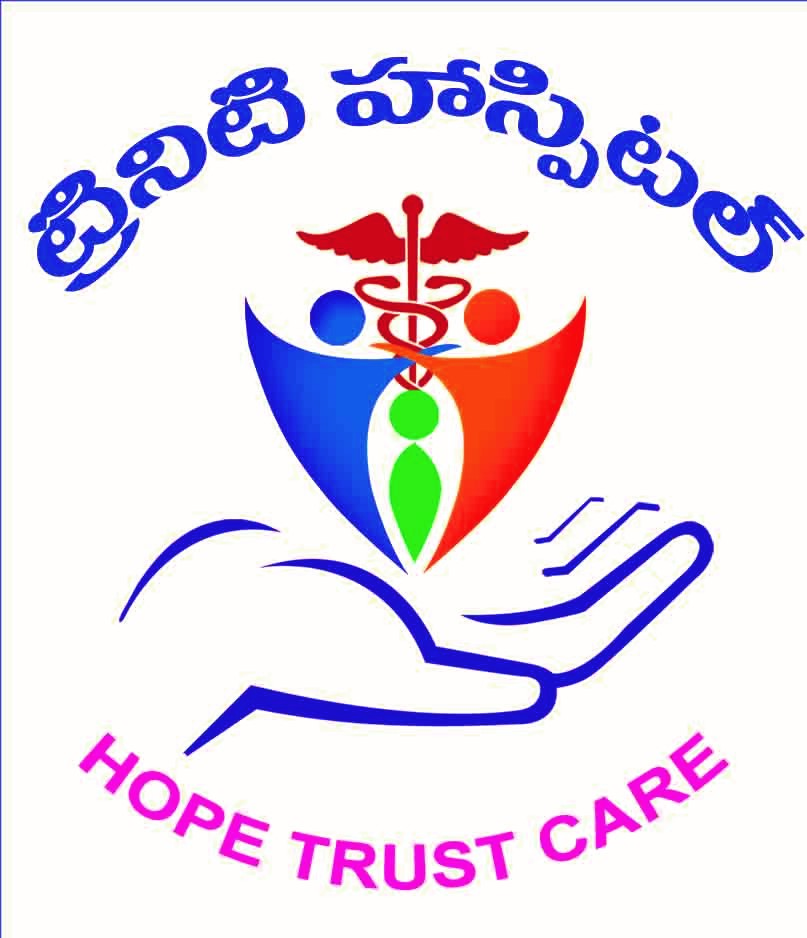Back pain is a prevalent issue that can range from mild discomfort to severe, debilitating pain. It can be characterized by various symptoms and may result from a wide range of causes.
This article aims to provide you with valuable information about back pain, including its symptoms, potential causes, risk factors, and treatment options to help you better understand and manage this condition.
Symptoms of Back Pain
Back pain can manifest in several ways, varying from a dull, persistent ache to sudden, sharp, stabbing, or burning sensations. Common symptoms of back pain may include:
- Dull, aching sensation in the muscles
- Difficulty standing up straight
- Limited flexibility
- Pain radiating down the buttocks, hip, or leg
- Reduced range of motion
- Sharp, stabbing pain
- Exacerbation of pain when bending, lifting, twisting, standing, or walking
Types of Back Pain
Back pain can be categorized based on its duration:
- Acute (Short-term) Pain: Lasting a few days to four weeks
- Subacute Pain: Persisting for four to twelve weeks
- Chronic (Long-term) Pain: Enduring for three months or longer
Causes of Back Pain
Back pain can originate from various sources, including mechanical, structural, inflammatory, or underlying health conditions.
Here are some common causes:
Mechanical Back Pain: This occurs due to excessive stress or strain on the moving components of the spine, such as muscles, discs, joints, tendons, and ligaments. Poor posture, incorrect lifting techniques, repetitive movements, and overuse are typical culprits.
Structural Back Pain: Structural issues within the spine, such as ruptured, herniated, or bulging discs, can put pressure on nerves, leading to radiating pain. Conditions like osteoarthritis, scoliosis, and kyphosis can also contribute to structural back pain.
Inflammatory Back Pain: Inflammatory conditions that affect the spine and sacroiliac joints, such as ankylosing spondylitis and certain types of arthritis, can result in chronic lower back pain.
Other Health Conditions: Various medical conditions, such as asthma, endometriosis, fibromyalgia, infections, kidney stones, osteoporosis, and pregnancy, may also lead to back pain.
It is important to note that certain medications (fluoroquinolone antibiotics, statins, and bisphosphonates) can cause joint and muscle pain affecting the back.
Treatment Options for Back Pain
The treatment of back pain depends on its underlying cause and severity. Treatment options include:
Medications
Alternative Therapies and Home Remedies include acupuncture, hot and cold packs, massage therapy, physical therapy, stretching exercises, and transcutaneous electrical nerve stimulation (TENS).
Surgical intervention is generally reserved for cases where other treatments have been ineffective. It is typically recommended for individuals with structural issues or severe musculoskeletal injuries.
Tests and Diagnosis
- Physical examinations
- Tests such as blood tests, bone scans, electromyography (EMG)
- Imaging studies like CT, MRI, and X-rays
When to Seek Medical Attention?
While most back pain improves with time and self-care, it is essential to consult your doctor if your back pain persists beyond three to four weeks. Additionally, seek immediate medical attention if your back pain is accompanied by fever, loss of bladder or bowel control, leg numbness or weakness, unexplained weight loss, or worsening pain despite rest.
Understanding the nature of your back pain and seeking appropriate medical care can significantly improve your quality of life and help you manage and alleviate discomfort effectively.


